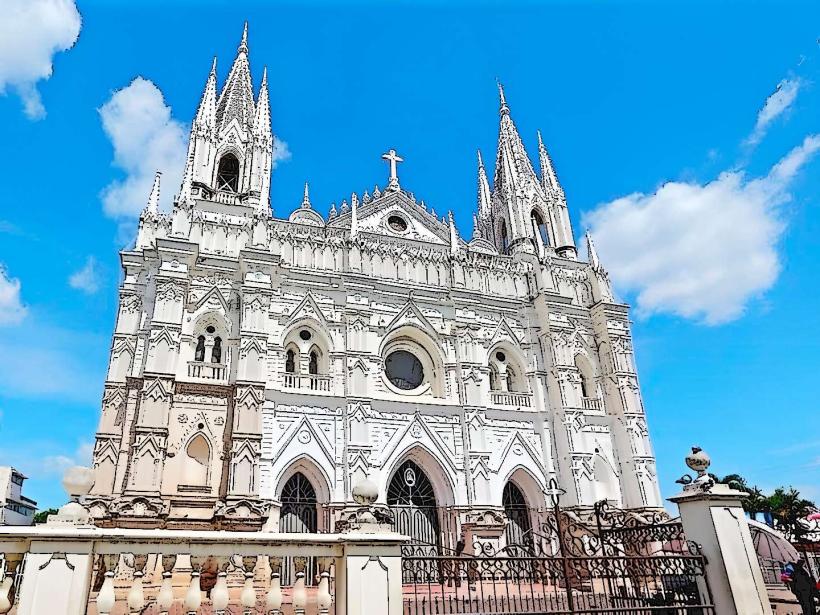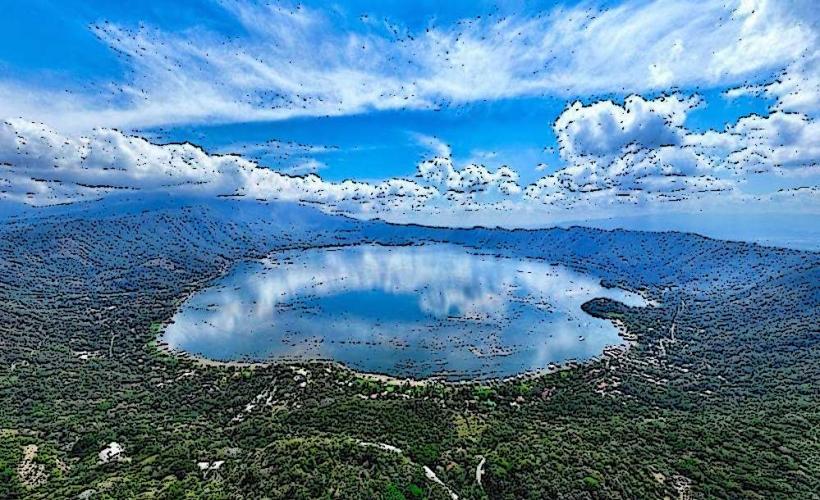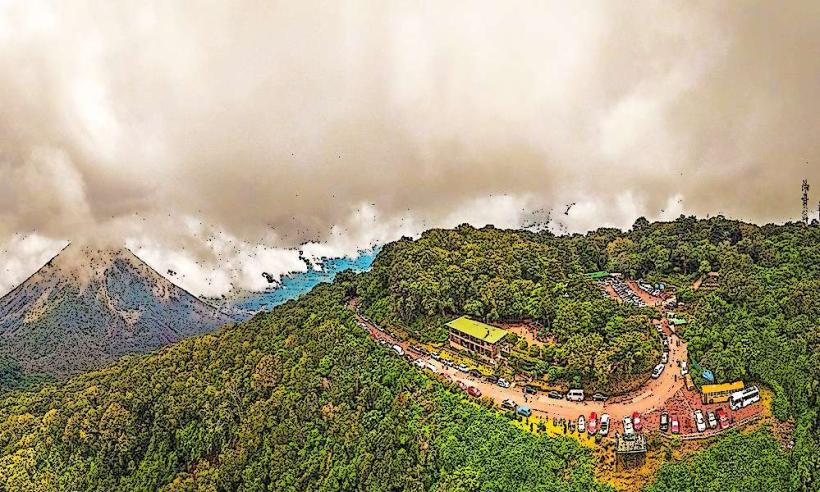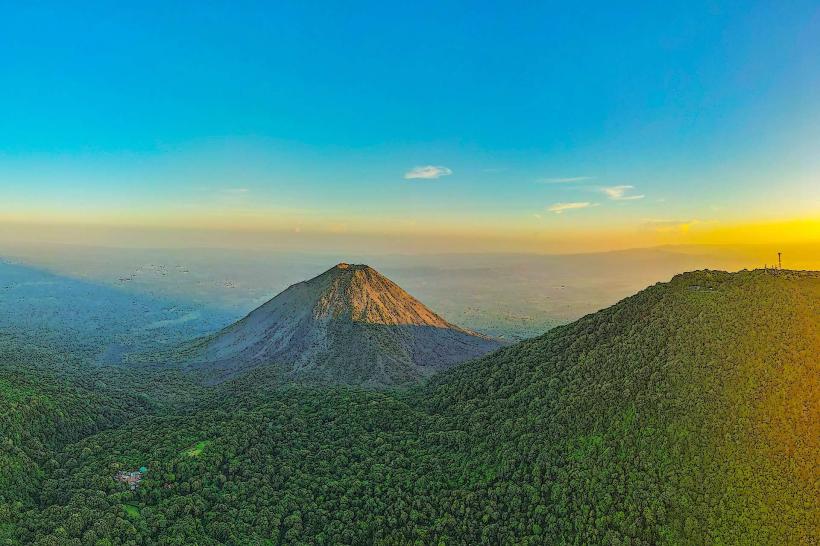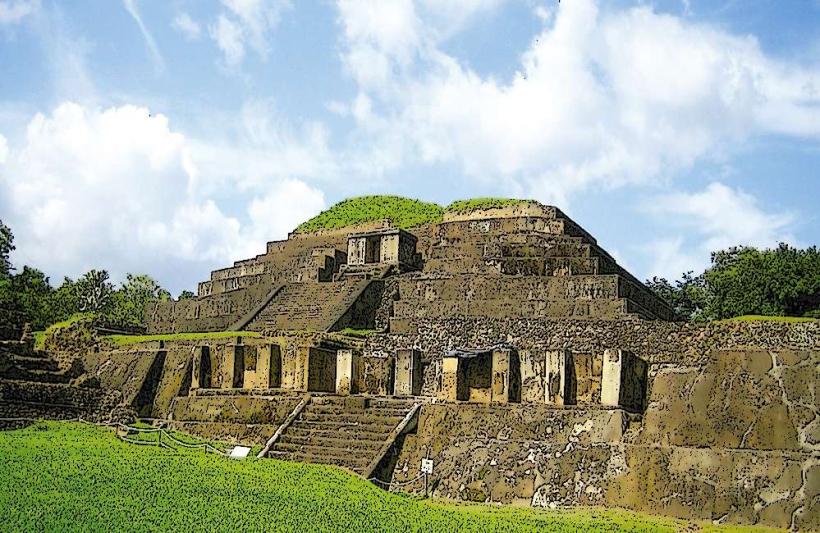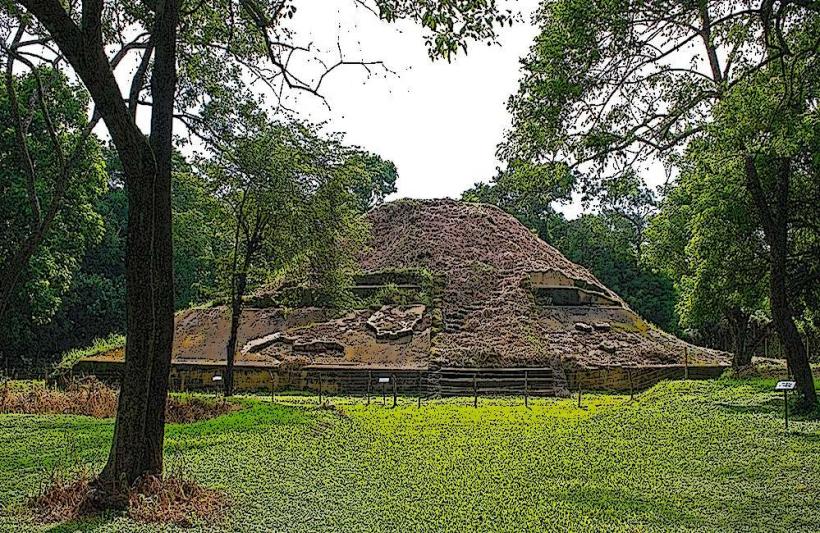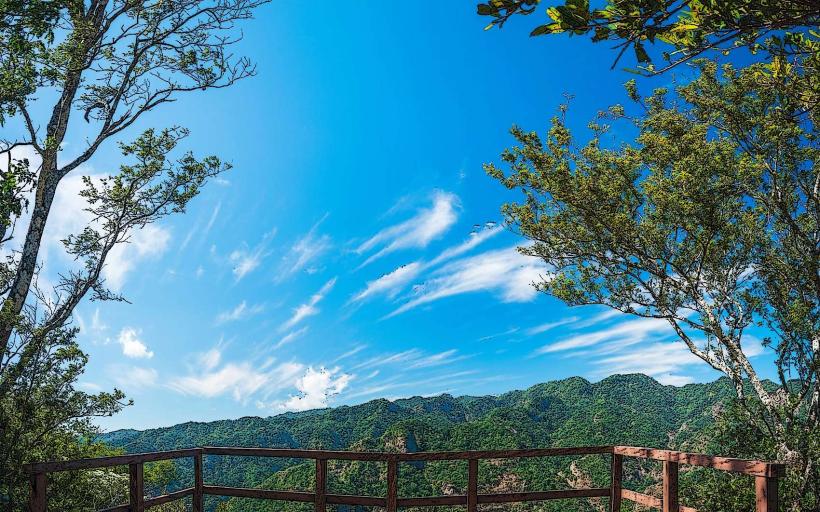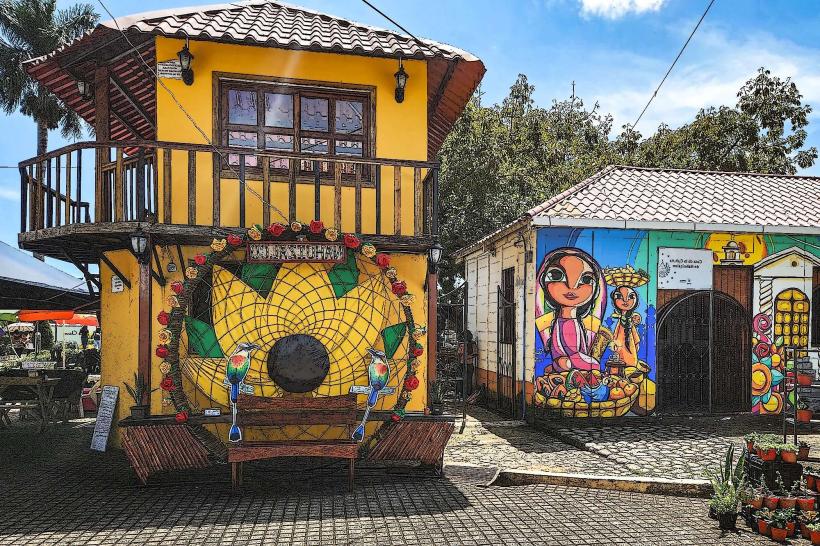Information
Landmark: San Andrés RuinsCity: Santa Ana
Country: El Salvador
Continent: North America
San Andrés Ruins – A Glimpse into El Salvador's Ancient Maya Civilization
The San Andrés Ruins are an important archaeological site located in the La Libertad Department of El Salvador, just about 35 kilometers (22 miles) west of San Salvador. The site is one of the most significant remnants of the Maya civilization in the region, offering insight into the Maya civilization’s urban planning, architecture, and cultural practices. San Andrés played a central role in the Maya's interaction with other Mesoamerican cultures and provides valuable information about trade, rituals, and the daily lives of its inhabitants.
Historical Context and Discovery
1. Origins and Cultural Importance
- San Andrés was part of the Maya civilization’s network of cities, and its peak period of influence was between the 5th and 9th centuries AD, during the Classic Period.
- It was an important ceremonial, political, and economic center, especially for the Maya of the Pacific Coast.
- The site was abandoned around the 10th century, likely due to a combination of environmental pressures, political changes, and shifts in trade routes.
2. Rediscovery
- The San Andrés site was rediscovered in the 20th century, and excavations have been ongoing since the 1970s. The ruins are located near the town of San Andrés and are now an essential part of El Salvador's archaeological heritage.
Main Features of the San Andrés Ruins
1. The Pyramid of San Andrés
- The main feature of the site is its large pyramid, which served as the center of ceremonial and religious activities.
- The pyramid has multiple levels, and its steep, sloping sides are typical of Maya architecture. This structure was likely used for rituals and could have had astronomical significance.
- The top of the pyramid would have been a sacred space where important ceremonies and sacrificial rituals were conducted to honor the gods.
2. The Plaza and Platforms
- Around the pyramid is a large plaza, which served as a gathering place for the city’s residents.
- The plaza is surrounded by several small platforms and temples, which were used for various ceremonial purposes.
- One of the most notable structures in the plaza is the Platform of the “Chachiqueles”, a platform believed to have been used for ritual activities related to the Maya gods and ancestral worship.
3. Residential and Administrative Complexes
- The site includes several residential areas that were likely home to the elite class of the society. These buildings were made from stone and adobe and are considered evidence of the advanced architecture of the Maya civilization.
- Administrative buildings and storage areas are also found at the site, which suggests that San Andrés was an important administrative hub for the region.
Artifacts and Excavations
1. Discoveries at the Site
- Excavations at San Andrés have uncovered a variety of artifacts, including ceramic vessels, jade ornaments, stone tools, and figurines.
- Among the most important findings are the painted ceramic murals that depict scenes of Maya mythology, deities, and rituals.
- Monolithic stone sculptures, which likely had ceremonial significance, have also been found at the site.
2. The Tombs and Burial Sites
- San Andrés is also known for its burial sites, where several tombs containing the remains of high-ranking Maya individuals were uncovered. These tombs were often accompanied by offerings, such as ceramic vessels and jade jewelry.
- These findings reveal the elite status of the individuals buried there and indicate the importance of death rituals in Maya society.
Cultural and Ceremonial Role
1. Sacred and Political Functions
- San Andrés likely served as a center of political and ceremonial power in the region. The pyramid and other structures were used for rituals dedicated to the gods and to honor the Maya kings and noble class.
- The site had strong cultural ties to other Mesoamerican civilizations, particularly the Teotihuacan culture of central Mexico. Evidence of Teotihuacan-style architecture and artifacts has been found at San Andrés, indicating significant trade and cultural exchange.
2. Trade and Economy
- San Andrés was also a vital trade center, located along important trade routes that connected the Pacific coast with the interior regions of El Salvador and neighboring countries.
- The site’s strategic location allowed it to be a hub for economic exchange, with the Maya trading products such as obsidian, jade, cotton, and cacao.
Visiting the San Andrés Ruins
1. Location
- The San Andrés ruins are located in the La Libertad Department, approximately 35 kilometers from San Salvador and about 15 kilometers from La Libertad.
- The site is easily accessible by car and is often included in guided tours of El Salvador's archaeological attractions.
2. Admission and Hours
- The entrance fee to the San Andrés Ruins is relatively affordable, with special rates for students and locals.
- The site is usually open from 8:00 AM to 4:00 PM, and it is recommended to visit in the morning to avoid the heat of the afternoon.
3. Guided Tours and Educational Facilities
- Visitors can take guided tours, which provide detailed explanations of the site’s history, architecture, and the Maya civilization.
- The visitor center at the site has informative displays and artifacts to help visitors learn about the history of the ruins and their significance.
Conclusion
The San Andrés Ruins are an extraordinary example of Maya civilization in El Salvador. With its impressive pyramid, ceremonial platforms, and well-preserved artifacts, the site provides a deep understanding of the Maya culture, its religious practices, and its social structures. Whether you’re a lover of history, archaeology, or Mesoamerican culture, a visit to San Andrés offers a unique opportunity to explore the rich legacy of the Maya civilization in El Salvador.

